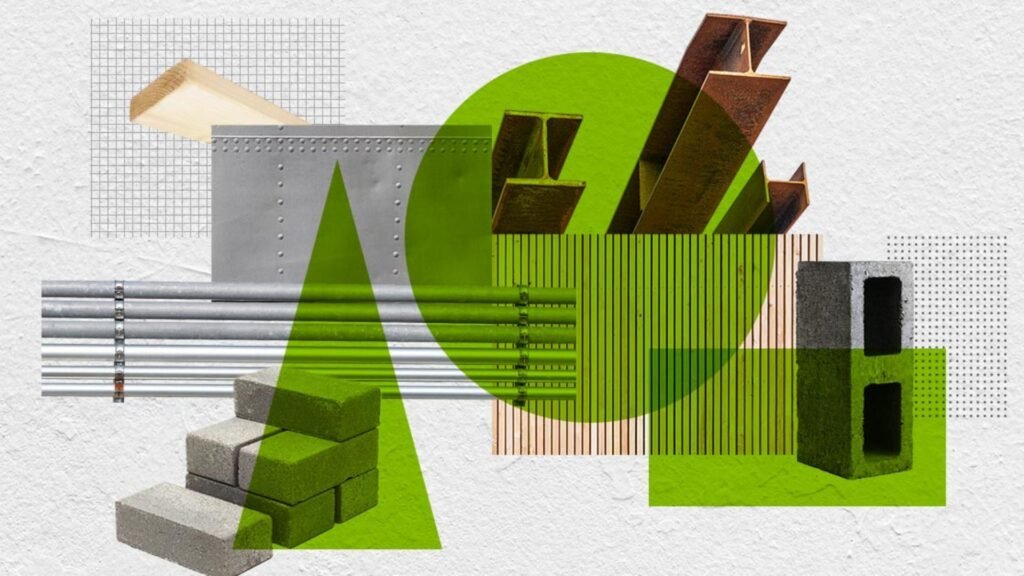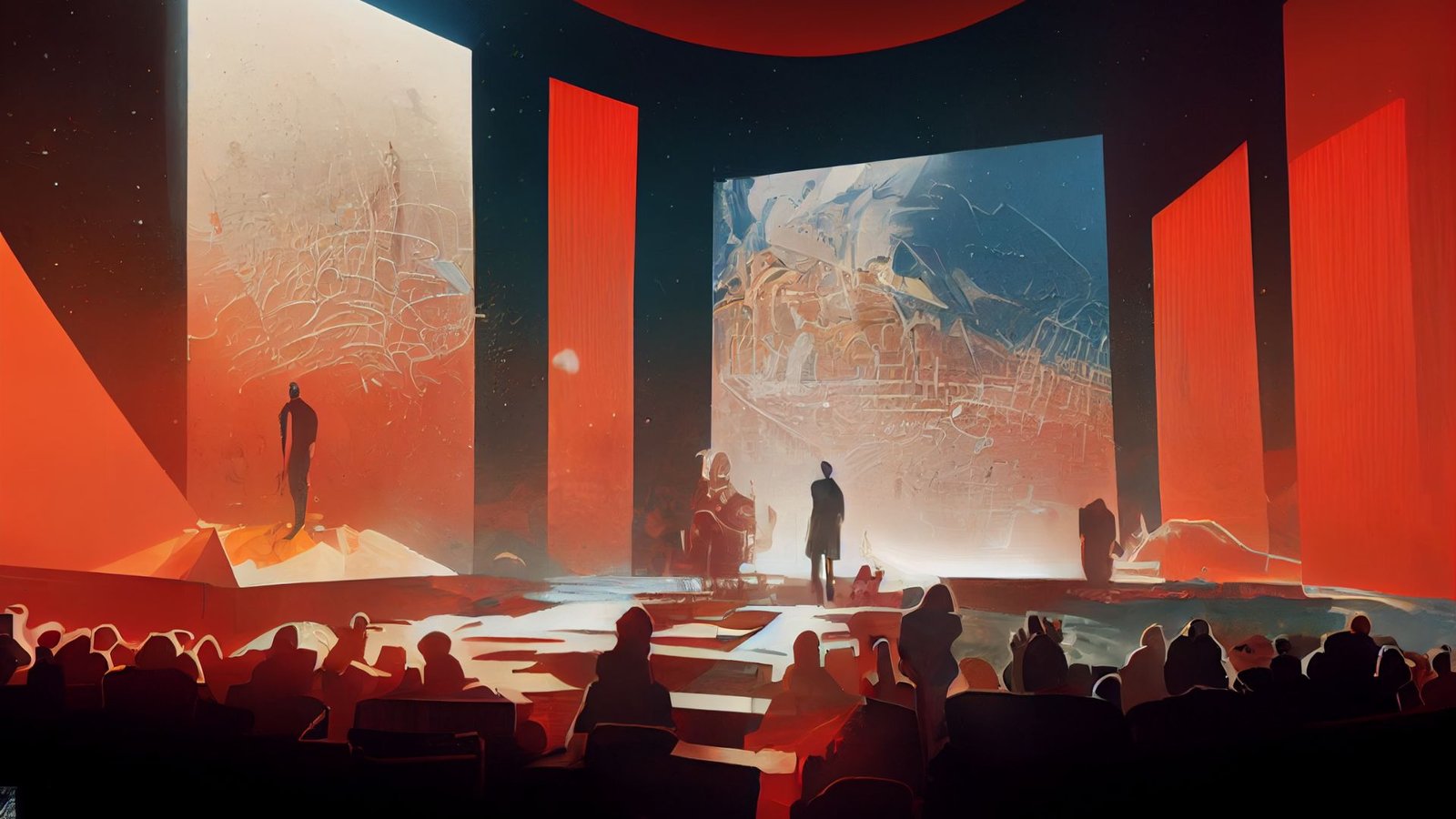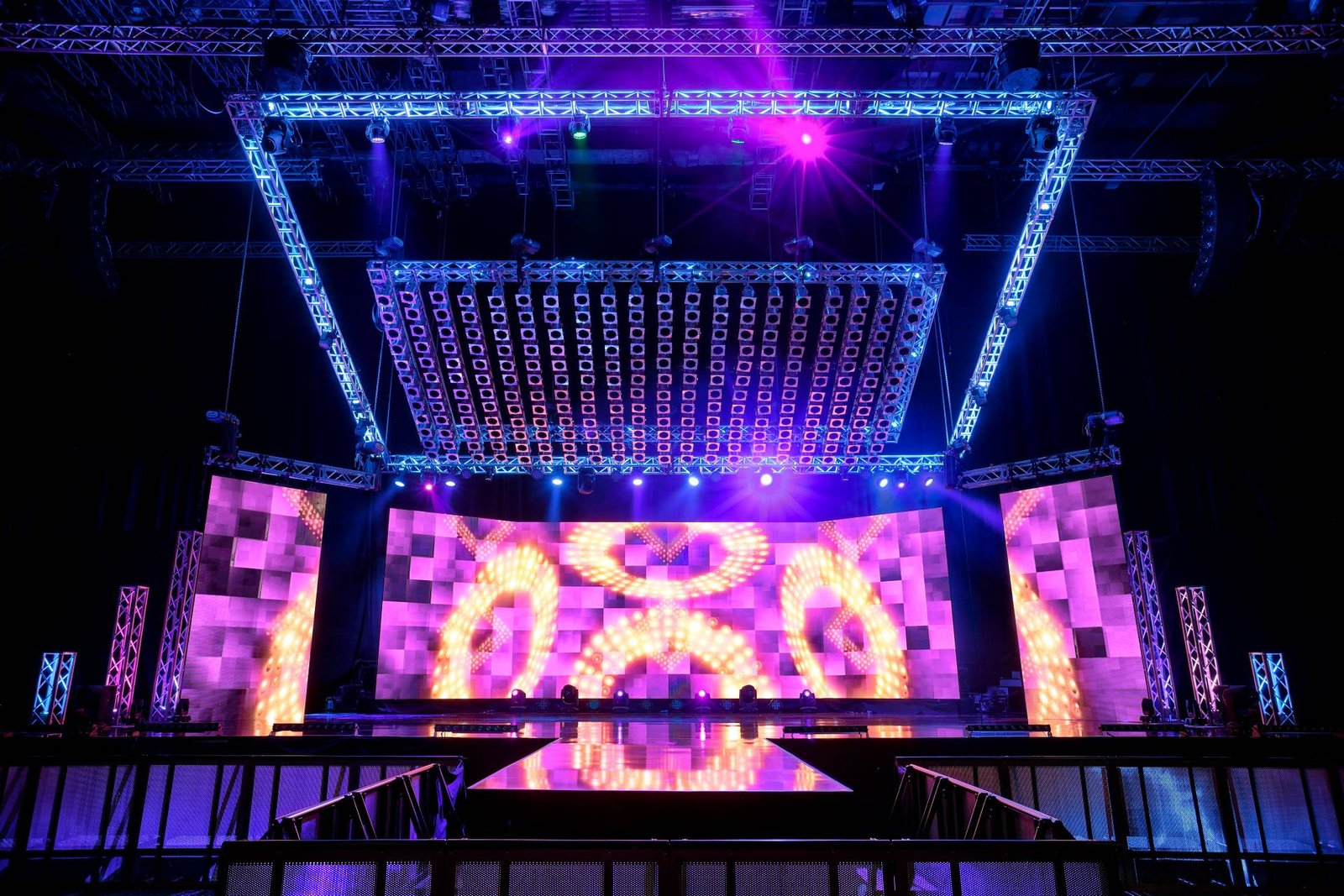Sustainable materials in modern stage design are changing how we approach creating sets and props for theater. As awareness of environmental issues grows, the theater industry is finding new ways to be more eco-friendly. Using sustainable materials helps reduce waste and supports a healthier planet. In this blog post, we will explore how sustainable materials are used in modern stage design and the benefits they bring to the world of theater.

Why Sustainable Materials Matter
To begin with, using sustainable materials in modern stage design is important for reducing environmental impact. Traditional stage materials can be wasteful, often ending up in landfills after productions are over. In contrast, sustainable materials are designed to minimize waste and use resources more efficiently. For example, recycled materials, like reclaimed wood and repurposed fabrics, are often used in set construction. These materials help lower the amount of new resources needed and reduce the overall environmental footprint of the production.
Examples of Eco-Friendly Materials
Another significant aspect of sustainable materials in modern stage design is the variety of eco-friendly options available. For instance, bamboo is a popular choice because it grows quickly and is highly renewable. It can be used for everything from set pieces to flooring. Additionally, recycled metal and plastic can be used to create sturdy and durable elements for sets and props. These materials not only help reduce waste but also offer versatile and functional options for designers. By choosing eco-friendly materials, designers can create beautiful and sustainable stage environments.
Benefits of Using Sustainable Materials
Moreover, using sustainable materials in modern stage design brings several benefits. Firstly, it promotes a positive image for theaters and production companies. Audiences are increasingly aware of environmental issues and appreciate when theaters take steps to be more eco-conscious. Secondly, sustainable materials can often be more cost-effective in the long run. Although they might have a higher initial cost, their durability and reusability can save money over time. Additionally, incorporating sustainable practices can inspire other industries and individuals to adopt similar approaches, amplifying the positive impact.
Creative Design Opportunities
Furthermore, sustainable materials offer exciting creative design opportunities. Designers can experiment with new materials and techniques that may not have been considered before. For example, using reclaimed wood can add unique textures and character to a set, while recycled plastic can be molded into intricate shapes and forms. This creativity can lead to innovative and visually striking designs that stand out in the theater world. Embracing sustainable materials can also push designers to think outside the box and explore new ways to bring their visions to life.
Challenges and Solutions
However, there are challenges associated with using sustainable materials in modern stage design. Finding high-quality, eco-friendly materials can sometimes be difficult, and they might not always meet specific design needs. Additionally, sustainable materials may require different construction techniques or additional planning. Nevertheless, these challenges can be addressed through careful research and collaboration with suppliers. Many companies are now specializing in sustainable products, making it easier for designers to access the materials they need. With persistence and creativity, these challenges can be overcome, leading to successful and environmentally friendly designs.
Future Trends in Sustainable Design
Looking ahead, the use of sustainable materials in modern stage design is likely to grow even more. Advances in technology and materials science are making it easier to find and use eco-friendly options. For example, innovations in biodegradable materials and energy-efficient lighting are becoming more prevalent. The theater industry is increasingly embracing these trends, aiming to set a standard for sustainability in design. As awareness and technology continue to advance, the future of stage design will likely see even greater integration of sustainable practices.
Conclusion
In conclusion, sustainable materials in modern stage design are transforming the way sets and props are created. By focusing on eco-friendly options, designers can reduce environmental impact, promote positive practices, and explore new creative possibilities. Although there are challenges, the benefits of using sustainable materials are clear. As the theater industry continues to evolve, the integration of sustainable practices will become increasingly important, leading to a more environmentally conscious and innovative approach to stage design.




